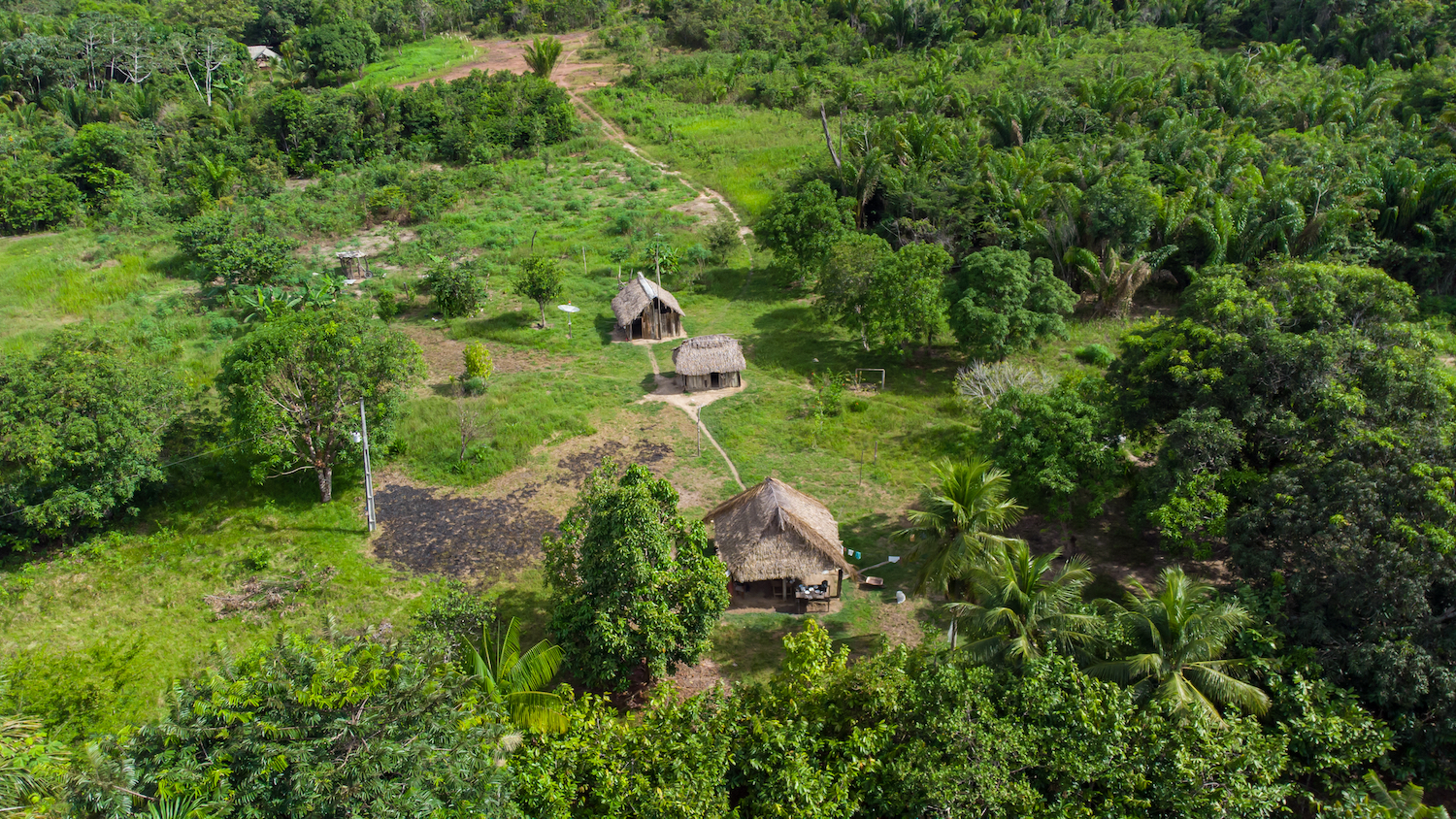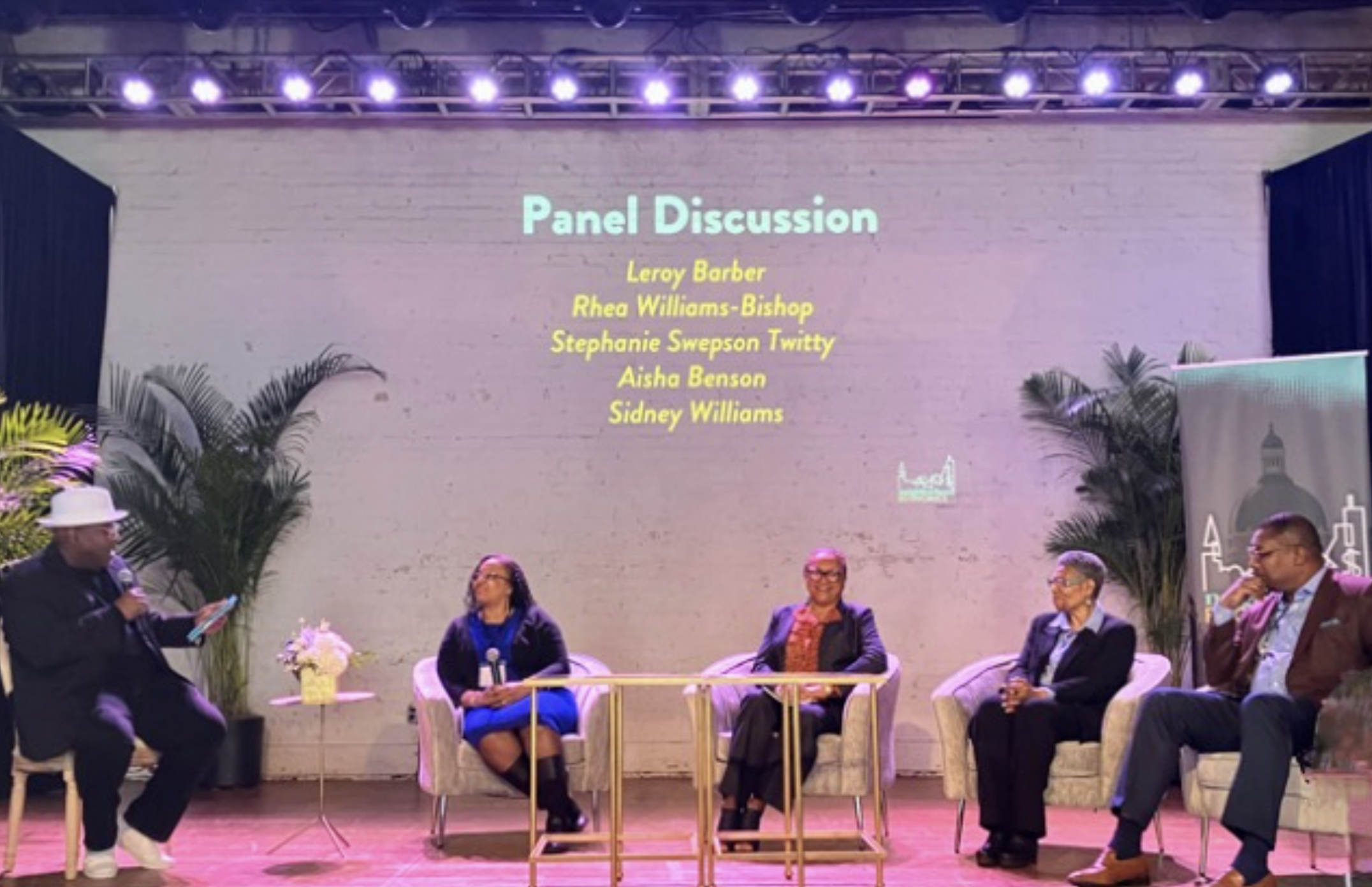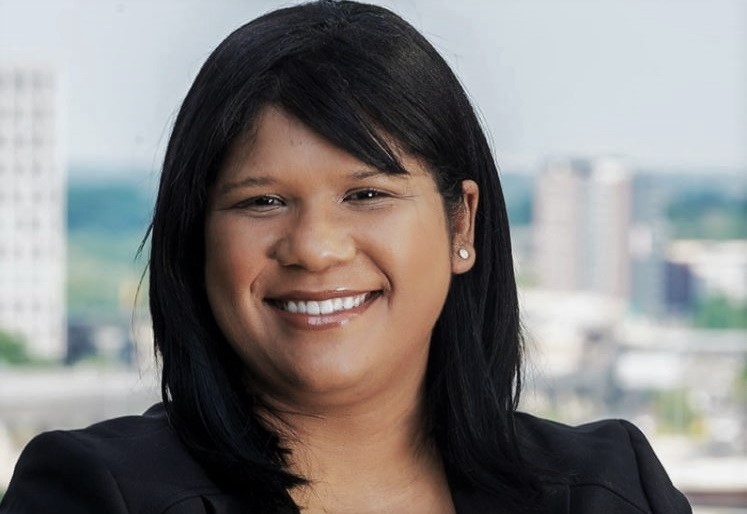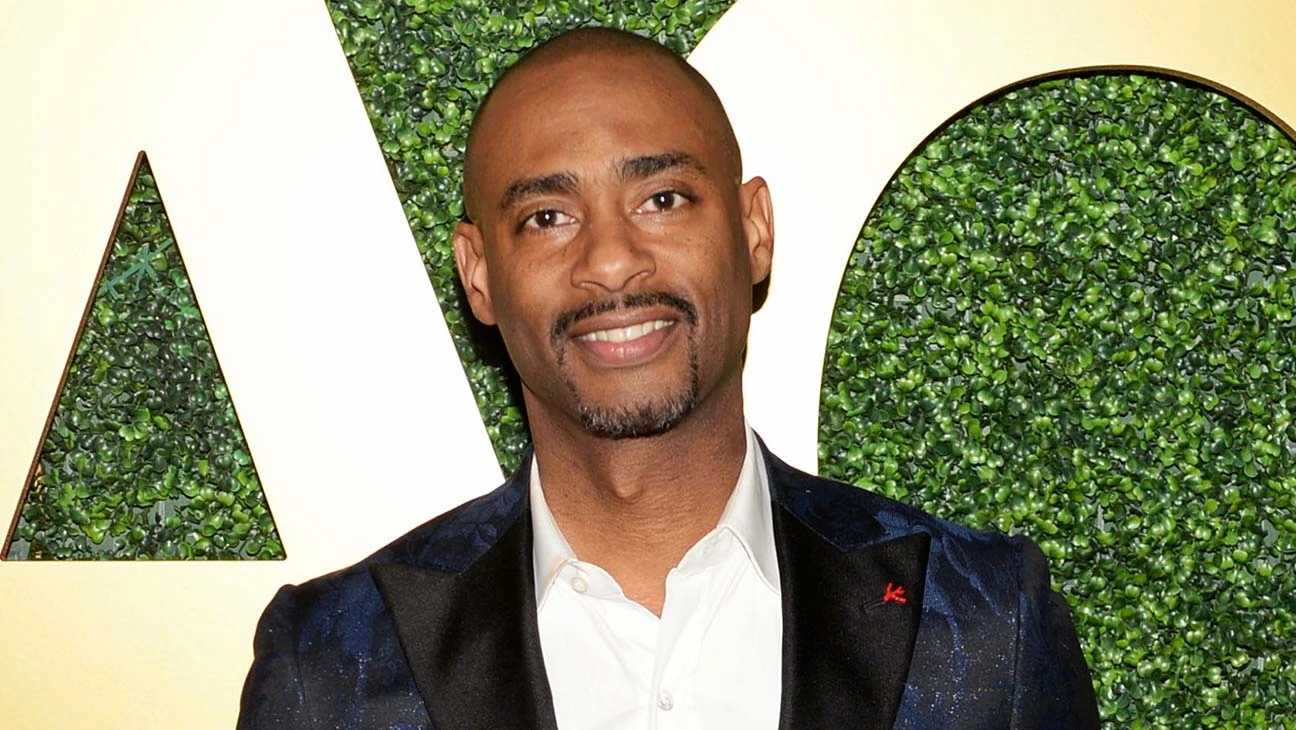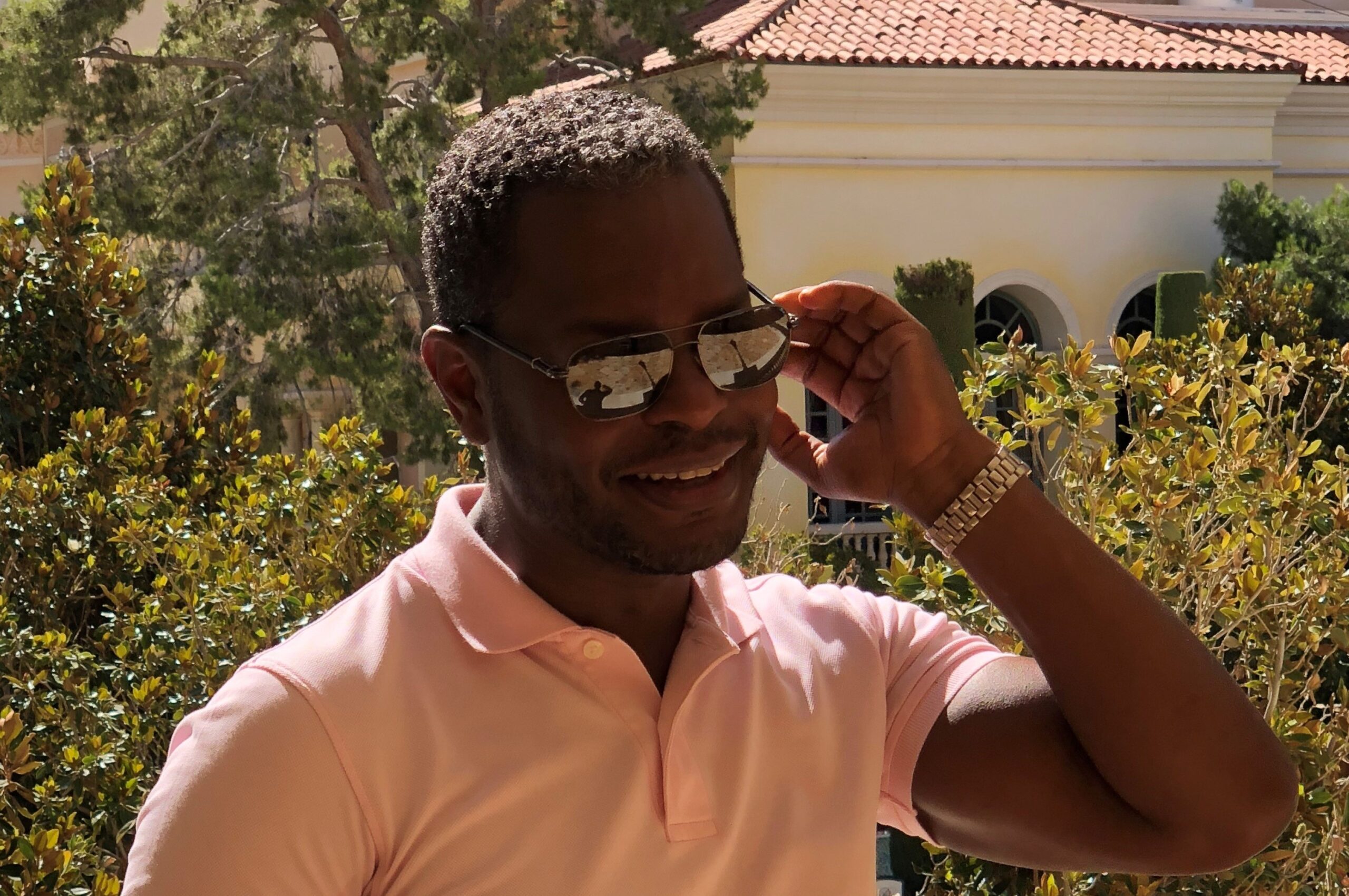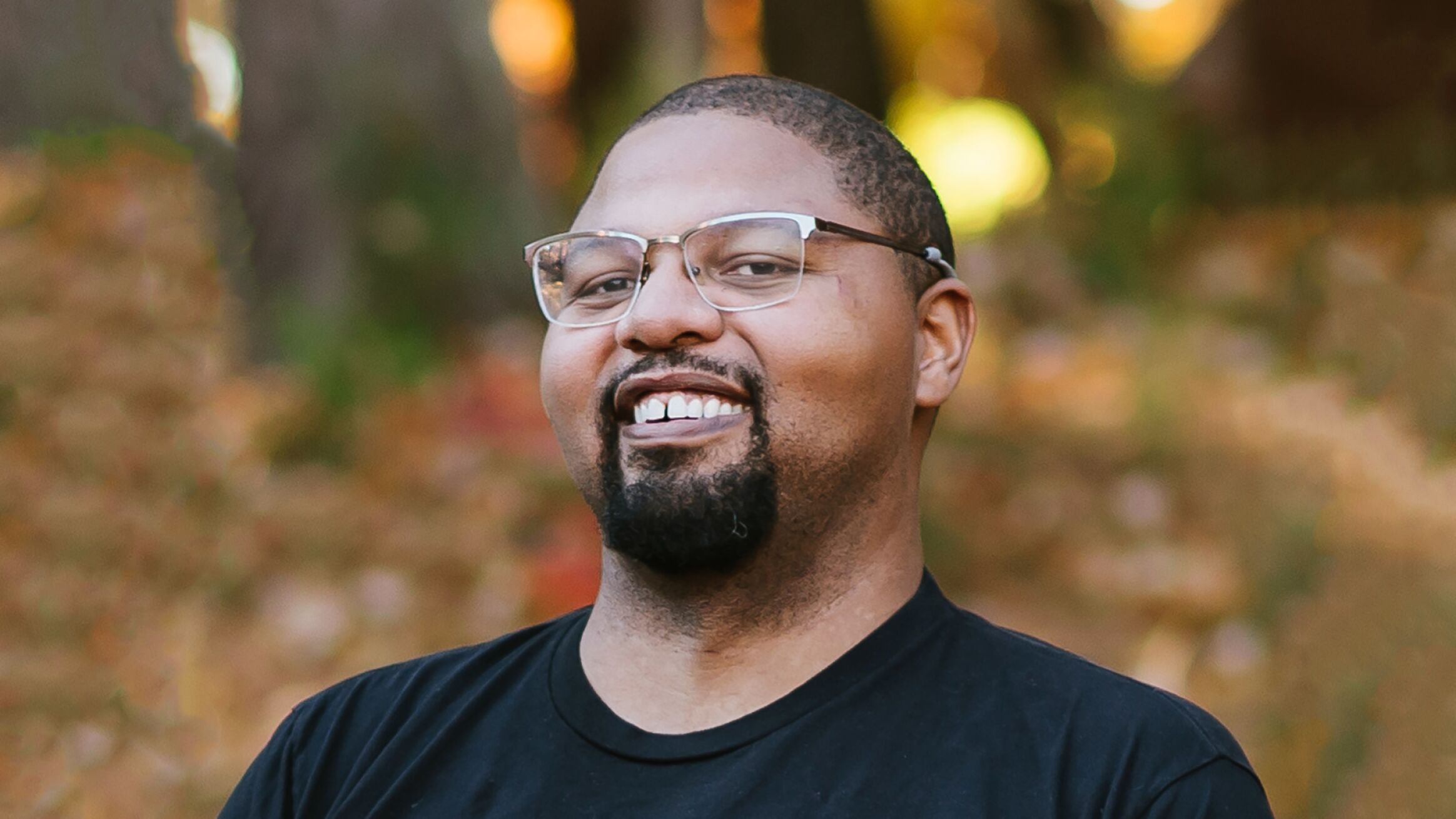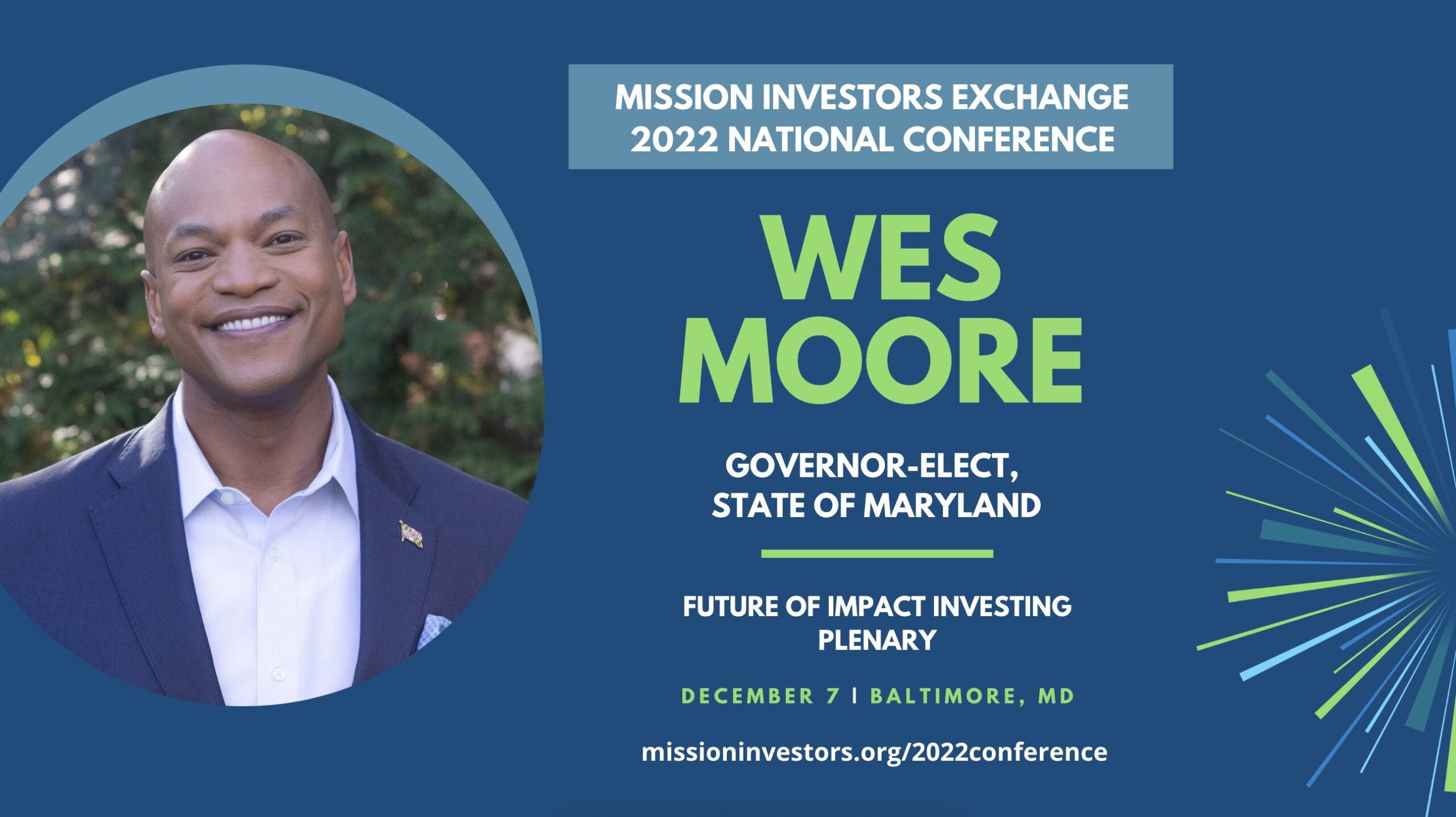Black and Indigenous communities live on the front lines of the climate crisis – where negative health, quality of life, and economic outcomes of global pollution are felt hardest, and are expected to worsen. While there has been more recent acknowledgement of the inequities faced by these “frontline communities,” much less attention has been placed on the solutions they hold.
Frontline communities have offered dynamic solutions to the climate crisis for some time – which data now demonstrate can be both effective and faster-acting.
How can investors learn from and leverage these opportunities to accelerate the transition to a clean economy?
A recent report organized by the Intentional Endowments Network, Leading with Justice: Net Zero Investing & Conversations on Climate Justice, explored some answers.
Integrate your thinking
“There has been a tendency to create silos,” explains Valerie Red-Horse Mohl of East Bay Community Foundation. “To focus purely on air quality or water quality or emissions. You can’t take those things and separate them from racial justice,” says Red-Horse Mohl, who is of Cherokee heritage.
Black leaders and communities, for example, have time and again called attention to the link between physical, social, and economic health, and poor infrastructure and corporate waste dumps, says Red-Horse Mohl. This activism, in turn, has benefited all Americans, regardless of race. Meanwhile, generational Black farmers carry a long history of knowledge of the land, while Black agricultural leaders have often been the first to address unsustainable farming practices overlooked by industry.
“Investments in these communities not only improve community outcomes, but also create a more robust ecological system for all,” she says. “This is because the issues are integrated, even when investor thinking may not be.
“In traditional investment strategies, you’ll increasingly see a lot of investors looking at environmental and social risks, but as separate considerations,” says Nili Gilbert of Carbon Direct.
When doing ESG integration, “we found that if you take a company that is doing poorly in 5% of environmental and 5% of social, it doesn’t add up to just 10%. It actually compounds,” she adds.
People and resources are not strictly quantifiable, she says. “These categories often overlap and have combined consequences that affect each other.”
In the end, it comes down to management. “It means looking for management teams who are thinking about ESG risk in a different way. Environmental justice is a structural way of seeing these issues as implicitly correlated. Companies that are excellent at this approach are multi-solving. And multi-solving is what environmental justice calls for,” says Gilbert.
Invest in frontline communities
“What is needed if we’re really going to address the climate crisis, is to put the money towards the solutions that have always been there, just often overlooked,” says Vanessa Roanhorse of Roanhorse Consulting and a Diné (Navajo) citizen. Roanhorse says a lot of new initiatives and strategies refocusing on mechanisms that have been around for a long time.
“Frontline communities are the most impacted and have the most solutions,” says Roanhorse. “But considering how money works and moves, these communities have never been allowed to leverage investments in a way that allows for that movement. Today, 80% of the earth’s remaining biodiversity is being stewarded by Indigenous people. That’s a meaningful statistic.”
One 28-nation study found that investing in Indigenous communities is the single most efficient way to protect forests – the best natural mitigant of emissions. For example, in the Brazilian Amazon, forests situated in Indigenous territory saw a deforestation rate of less than 1%, while those situated elsewhere saw a deforestation rate more than 7x higher.
In the United States, immigrant farmers from Latin America and Africa are bringing a wealth of alternative agricultural practices that may be more sustainable and regenerative than mainstream methods of farming.
Meanwhile, Indigenous and small-scale agroforestry leads to consistently better ecological outcomes, and feeds more people than industry each year.
In other words, investing in frontline communities is a more efficient, effective, and equitable way to transition to a sustainable, climate-neutral world.
But what about allocators, or those who are one or more steps removed from direct investments? The key is to invest with a racial equity lens.
“From a portfolio standpoint, in addition to shareholder engagement and proxy voting, we’re trying to get investment managers to incorporate racial equity criteria into their evaluation processes of companies [across asset classes],” says Anthony Rust, chair of the investment committee at Warren Wilson College. “Even with a small endowment.”
The most effective way for investors to do this, Rust says, is to start with their investment policy statement.
“You have to make sure your investment policy reflects your investment philosophy and your institutional culture and values,” says Rust. “That’s where we started, and it’s usually where you can be the most direct and explicit at getting everybody on the same page.
[Research supports] how environmental sustainability and racial equity considerations can translate into more alpha and better returns on a risk-adjusted basis, says Rust. “We developed an addendum to our investment policy that laid out the strategies we wanted to incorporate to carry out our mandates and investment philosophy. And that made a big difference.”
Focus on where you are
It’s crucial for investors to focus on their locus of control.
“My approach as I try to grapple with climate change and this frustration with government that we see as an affixed thing, is to take a sector approach,” says Tracy Gray of The 22 Fund.
The 22 Fund focuses on capital in private equity, with a specialization in manufacturing. “I’m going to look at my sector and see what I can do to drive change.”
There is a lot of activism on the ground around water, energy and food, says Gray. “People say, ‘oh it’s so big, how do we fix it?’ The answer is: focus on where you are, and don’t get distracted everywhere else.’”
There’s more that investors should do to accelerate climate progress, including re-defining due diligence, leveraging small solutions for big outcomes, and investing for a different kind of economy. Learn more in “Leading with Justice: Net Zero & Conversations on Climate Justice.”
Pedro Henriques da Silva is an associate at Global Endowment Management.

